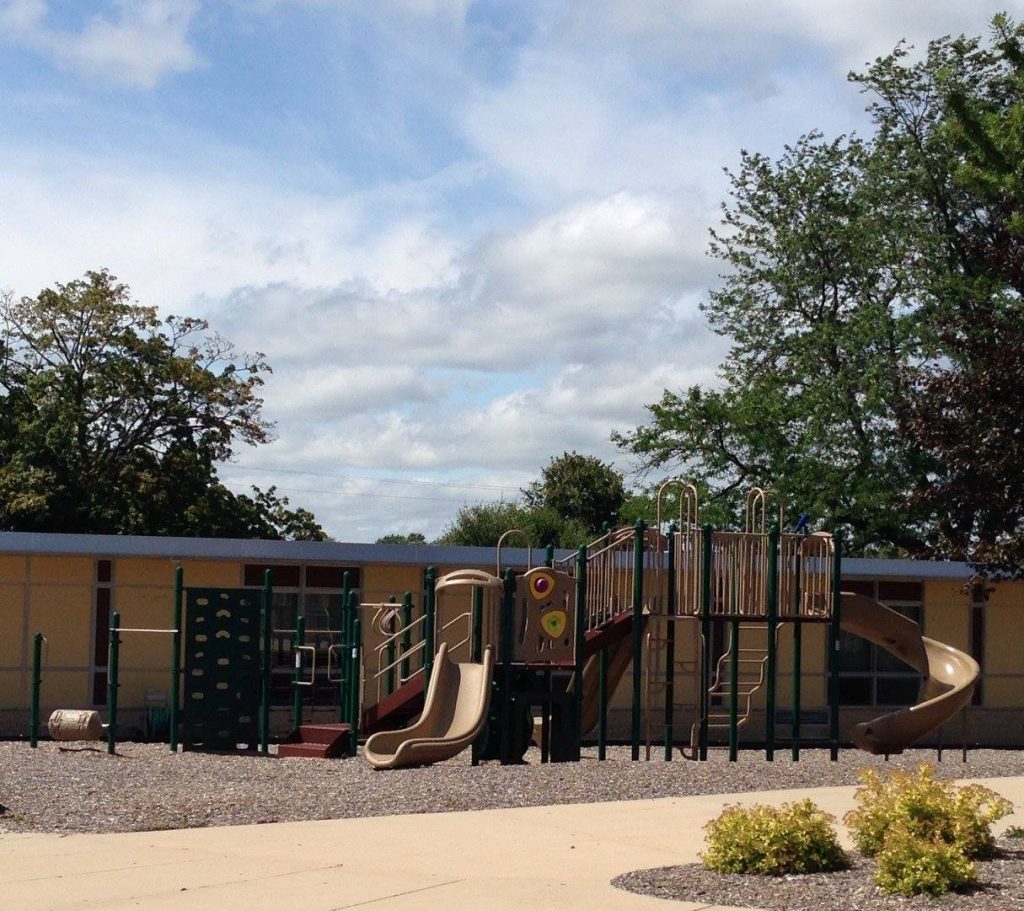St. Joseph Parish School began in the late 1800’s.
Catholic education of the children of immigrant families became a necessity in the 1880’s. Many parents were educated in Europe, but their children had not received formal education here.
1890
In 1890, St. Joseph Congregation felt it a necessity to build a school for the children of the parish. A layman, who was referred to as the schoolmaster, taught in the one room school.
1908
In 1908, Father William Peil, was appointed pastor. He was a strong believer in Catholic education and encouraged the congregation to remodel the school. He also was influential in arranging to have a teaching order of sisters come to St. Joseph.
1917-1922
In 1917, discussion for a new school began, but funds were somewhat of a problem. At the annual meeting of 1921, the structural arrangement of the building was discussed. It was decided then to begin construction as soon as possible. Farmers brought their horses to help carry out the ground. It took three weeks for excavation and about a week to backfill. The bricks were made of native limestone from the lime kilns south of the village (now Lime Kiln Park). To make room for the new school, the original church was torn down and many of the stones were used in the foundation of the new building. In the spring of 1922, the school was dedicated by Archbishop Sebastian Messmer.
1950
The 1950’s brought a wave of increased enrollment. During this era, it was quite common to have 50 or more students in a classroom. Due to the sizable growth of the parish, parishioners voted to build a new 8-room school and gym in 1956. The old school building continued to be used until 1975, when it was demolished.
1986
In 1986, money was donated by an anonymous donor, to help finance the opening of a four and five-year old kindergarten.
2000-2005
In 2000, the parish and school underwent another addition adding new offices, classrooms, a gathering space in the church, and connected the school, church, and rectory into one building. In 2005, a three-year old kindergarten was added as well.
